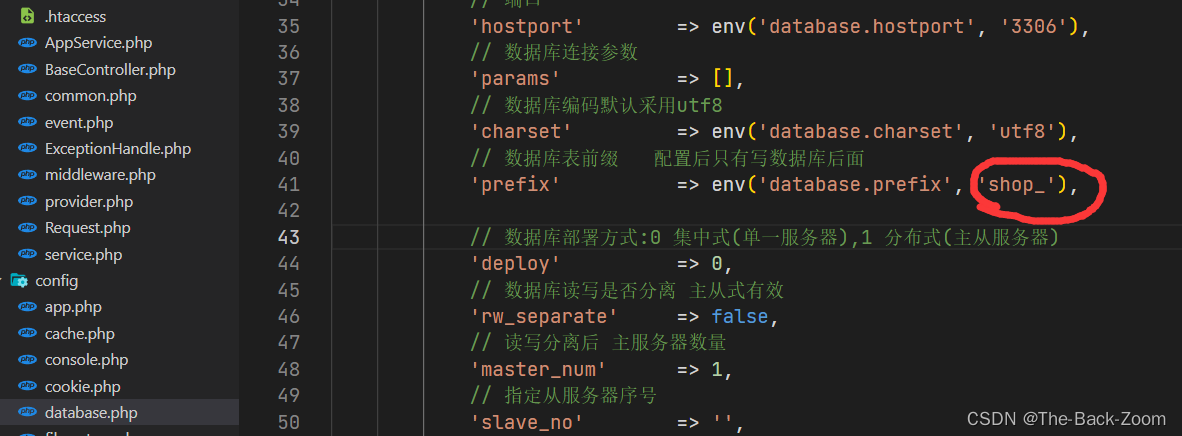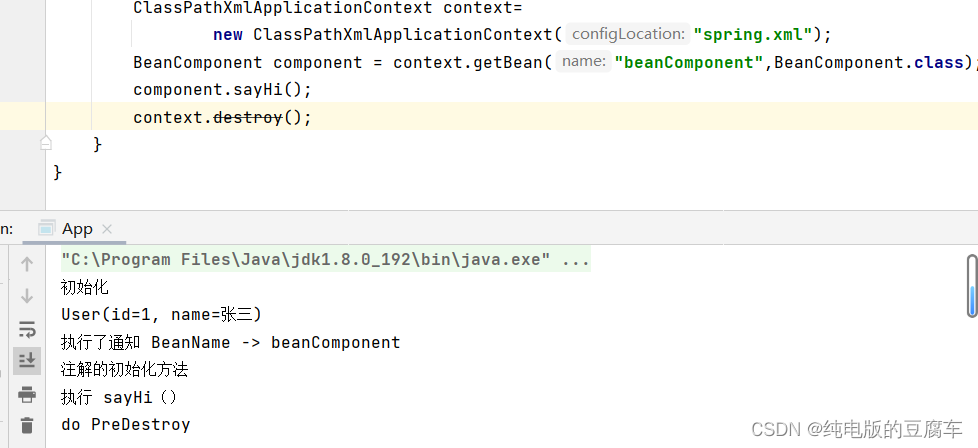
1、索引类型
我们可以使用接口描述索引的类型和通过索引得到的值的类型,比如一个数组[‘a’, ‘b’],数字索引0对应的通过索引得到的值为’a’。我们可以同时给索引和值都设置类型,看下面的示例:
interface RoleDic {
[id: number]: string;
}
const role1: RoleDic = {
0: "super_admin",
1: "admin"
};
const role2: RoleDic = {
s: "super_admin", // error 不能将类型"{ s: string; a: string; }"分配给类型"RoleDic"。
a: "admin"
};
const role3: RoleDic = ["super_admin", "admin"]; 上面的例子中 role3 定义了一个数组,索引为数值类型,值为字符串类型。你也可以给索引设置readonly,从而防止索引返回值被修改。
interface RoleDic {
readonly [id: number]: string;
}
const role: RoleDic = {
0: "super_admin"
};
role[0] = "admin"; // error 类型"RoleDic"中的索引签名仅允许读取这里有一点需要注意,你可以设置索引类型为 number。但是这样如果你将属性名设置为字符串类型,则会报错;但是如果你设置索引类型为字符串类型,那么即便你的属性名设置的是数值类型,也没问题。因为 JS 在访问属性值的时候,如果属性名是数值类型,会先将数值类型转为字符串,然后再去访问。你可以看下这个例子:
const obj = {
123: "a", // 这里定义一个数值类型的123这个属性
"123": "b" // 这里在定义一个字符串类型的123这个属性,这里会报错:标识符“"123"”重复。
};
console.log(obj); // { '123': 'b' }如果数值类型的属性名不会转为字符串类型,那么这里数值123和字符串123是不同的两个值,则最后对象obj应该同时有这两个属性;但是实际打印出来的obj只有一个属性,属性名为字符串"123",而且值为"b",说明数值类型属性名123被覆盖掉了,就是因为它被转为了字符串类型属性名"123";又因为一个对象中多个相同属性名的属性,定义在后面的会覆盖前面的,所以结果就是obj只保留了后面定义的属性值。
2、接口继承
接口可以继承,这和类(类的相关知识,我们会在后面全面详细的学习)一样,这提高了接口的可复用性。来看一个场景:
我们定义一个Vegetables接口,它会对color属性进行限制。再定义两个接口,一个为Tomato,一个为Carrot,这两个类都需要对color进行限制,而各自又有各自独有的属性限制,我们可以这样定义:
interface Vegetables {
color: string;
}
interface Tomato {
color: string;
radius: number;
}
interface Carrot {
color: string;
length: number;
} 三个接口中都有对color的定义,但是这样写很繁琐,所以我们可以用继承来改写:
interface Vegetables {
color: string;
}
interface Tomato extends Vegetables {
radius: number;
}
interface Carrot extends Vegetables {
length: number;
}
const tomato: Tomato = {
radius: 1.2 // error Property 'color' is missing in type '{ radius: number; }'
};
const carrot: Carrot = {
color: "orange",
length: 20
}; 上面定义的 tomato 变量因为缺少了从Vegetables接口继承来的 color 属性,从而报错。一个接口可以被多个接口继承,同样,一个接口也可以继承多个接口,多个接口用逗号隔开。比如我们再定义一个Food接口,Tomato 也可以继承 Food:
interface Vegetables {
color: string;
}
interface Food {
type: string;
}
interface Tomato extends Food, Vegetables {
radius: number;
}
const tomato: Tomato = {
type: "vegetables",
color: "red",
radius: 1.2
}; // 在定义tomato变量时将继承过来的color和type属性同时声明3、混合类型接口
JS 的类型是灵活的。在 JS 中,函数是对象类型。对象可以有属性,所以有时我们的一个对象,它既是一个函数,也包含一些属性。比如我们要实现一个计数器函数,比较直接的做法是定义一个函数和一个全局变量:
let count = 0;
const countUp = () => count++;但是这种方法需要在函数外面定义一个变量,更优一点的方法是使用闭包:
// javascript
const countUp = (() => {
let count = 0;
return () => {
return ++count;
};
})();
console.log(countUp()); // 1
console.log(countUp()); // 2在 TypeScript3.1 版本之前,我们需要借助命名空间来实现。但是在 3.1 版本,TypeScript 支持直接给函数添加属性,虽然这在 JS 中早就支持了:
// javascript
let countUp = () => {
return ++countUp.count;
};
countUp.count = 0;
console.log(countUp()); // 1
console.log(countUp()); // 2 我们可以看到,我们把一个函数赋值给countUp,又给它绑定了一个属性count,我们的计数保存在这个 count 属性中。我们可以使用混合类型接口来指定上面例子中 countUp 的类型:
interface Counter {
(): void; // 这里定义Counter这个结构必须包含一个函数,函数的要求是无参数,返回值为void,即无返回值
count: number; // 而且这个结构还必须包含一个名为count、值的类型为number类型的属性
}
const getCounter = (): Counter => { // 这里定义一个函数用来返回这个计数器
const c = () => { // 定义一个函数,逻辑和前面例子的一样
c.count++;
};
c.count = 0; // 再给这个函数添加一个count属性初始值为0
return c; // 最后返回这个函数对象
};
const counter: Counter = getCounter(); // 通过getCounter函数得到这个计数器
counter();
console.log(counter.count); // 1
counter();
console.log(counter.count); // 2 上面的例子中,getCounter函数返回值类型为Counter,它是一个函数,无返回值,即返回值类型为void,它还包含一个属性count,属性返回值类型为number。
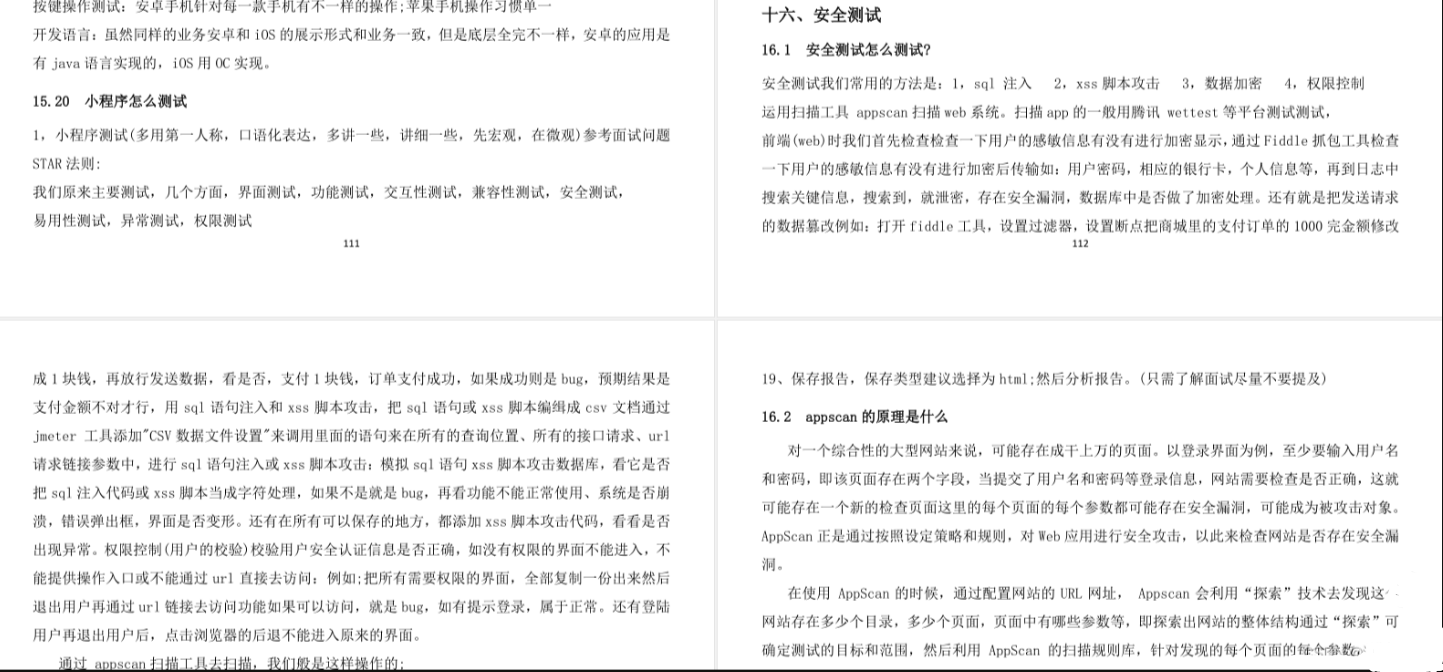
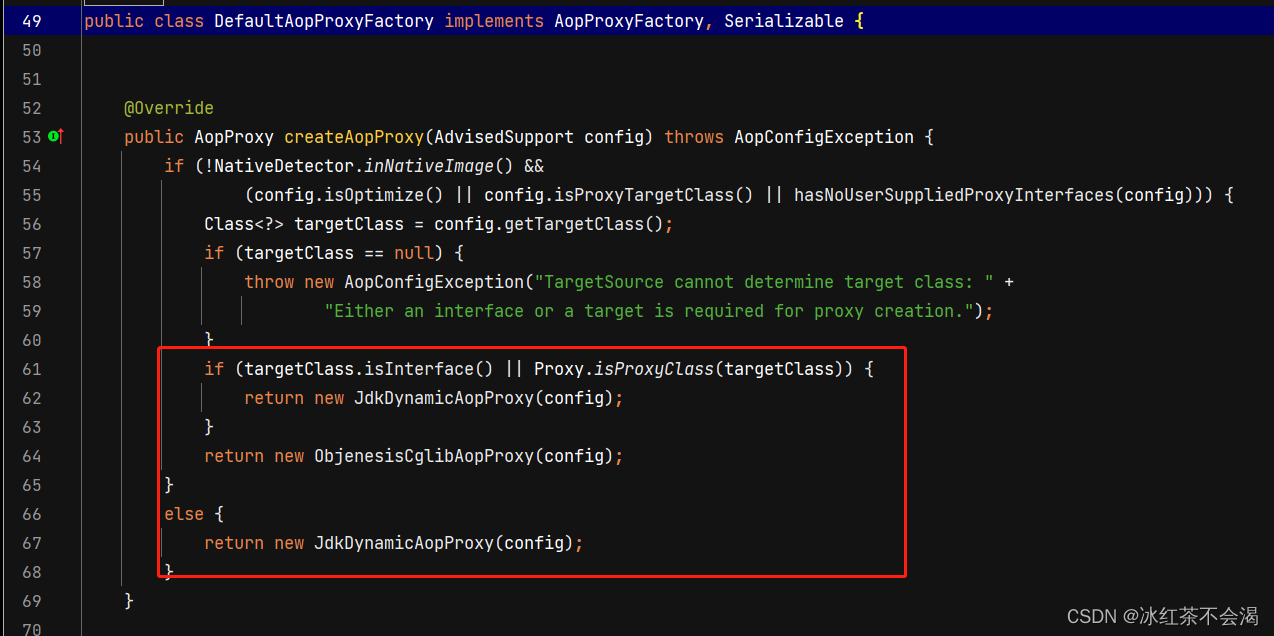

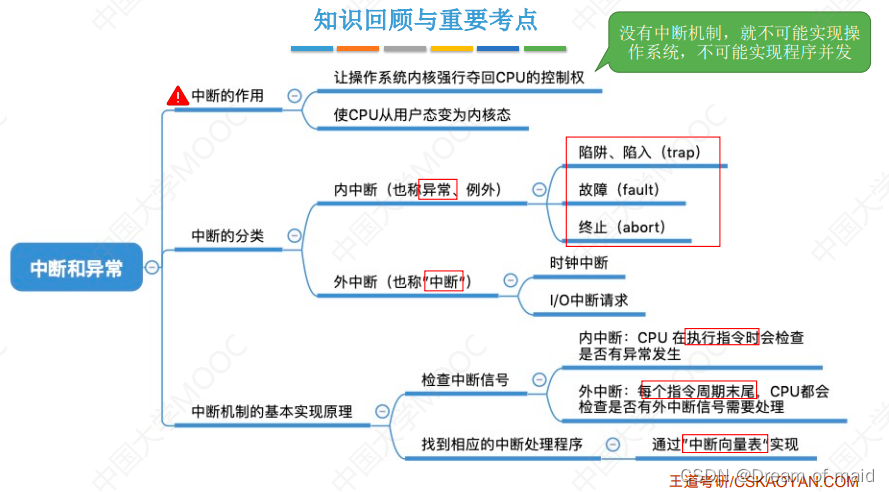
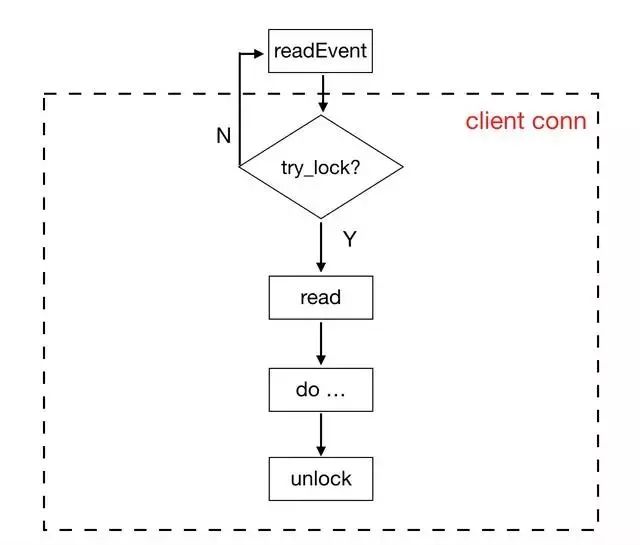





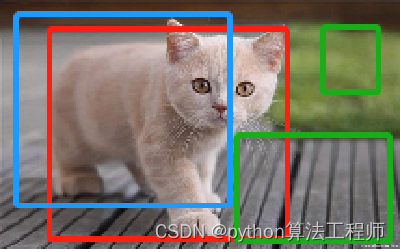
![[pgrx开发postgresql数据库扩展]4.基本计算函数的编写与性能对比](https://img-blog.csdnimg.cn/img_convert/f73ef4056ed25f9a06b2c6f77a830158.webp?x-oss-process=image/format,png)

